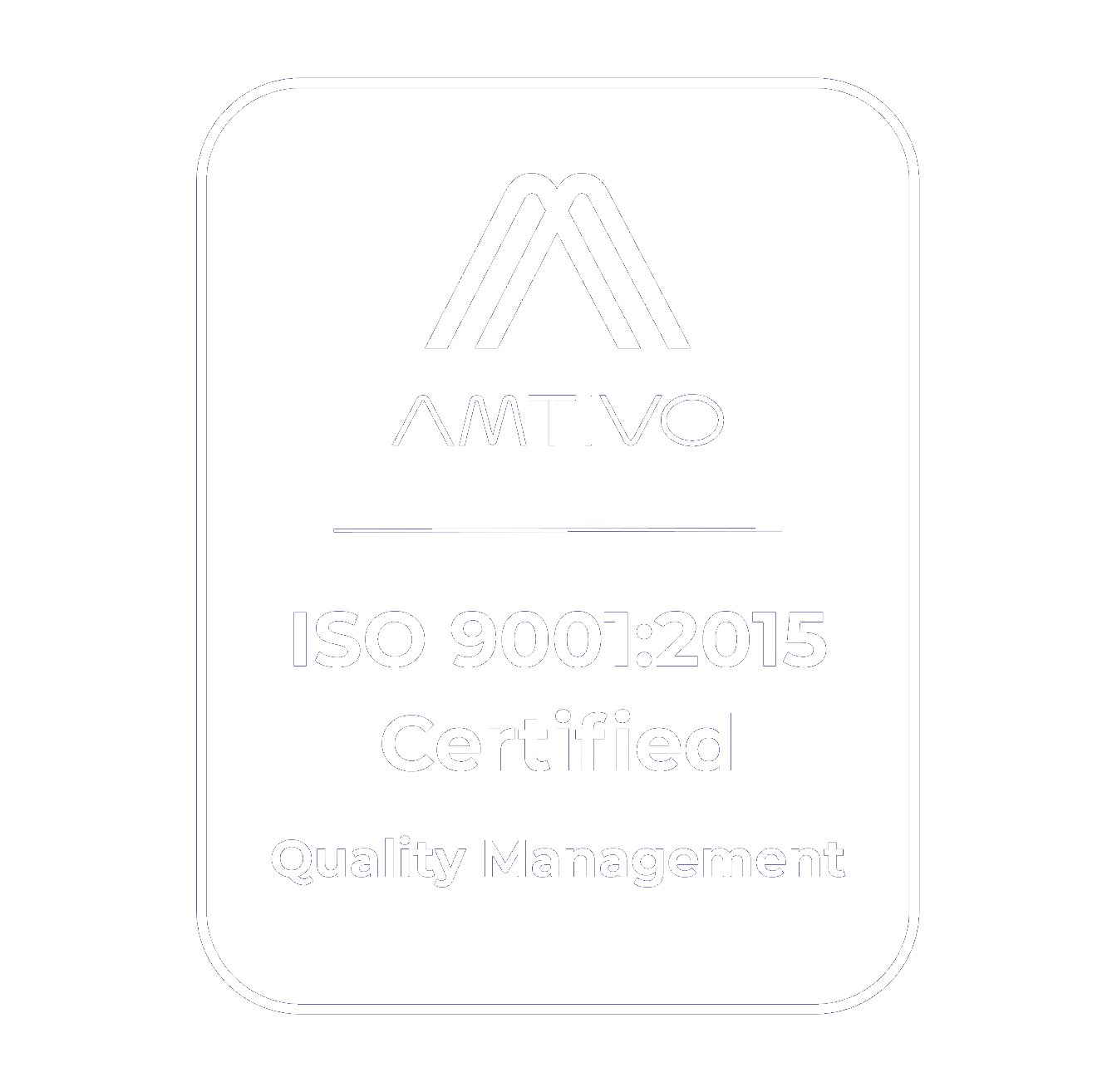Blogs
The goal in propeller selection is to determine what style and size will maximize your boat’s performance, while allowing your engine to operate within the recommended RPM range. The correctly sized propeller will prevent the engine from over-revving, yet allow it to reach the minimum suggested RPM. This will result in the engine producing maximum horsepower, but not being overloaded which can compromise engine longevity. Read on for our prop selection criteria to help you find the perfect propeller for your outboard motor.
Propeller
⦁ Current Propeller Diameter
⦁ Current Prop Pitch
⦁ Right Hand or Left Hand Prop Rotation
⦁ Number of Propeller Blades
⦁ Material (Typically Aluminum or Stainless Steel)
- Most recreational boats are factory equipped with Aluminum Propellers, which are inexpensive and easy to repair.
- Stainless Steel Propellers are more expensive, however, they can offer performance advantages such as ultimate top speed and/or improved acceleration.
Engine
⦁ Number of Engines
⦁ Rated Horsepower
⦁ Gear Case Size
⦁ RPM at Wide Open Throttle (WOT)
⦁ Engine Manufacturer Year and Model
Boat
⦁ Length Overall (LOA)
⦁ Hull Type, Shape and Material
3-Blade Propeller vs. 4-Blade Propeller
Three or Four blade propellers work well on either Outboard or Sterndrive applications. Three-blade designs give you all-around performance with an advantage on top end speed. Four-blade prop designs work well with boats that are difficult to get on plane, underpowered or used in watersports where top-end speed is not critical. 3-Blade propellers are recommended for recreational boats with 3, 4, 6 and 8 cylinder Outboard and Sterndrive engines. These propellers provide good hole shot and top-speed performance. 4-Blade propellers are practical for all-around boat performance as they enhance handling, hole shot, load- carrying performance and fuel efficiency.
Propeller Size Explanation
The size of a propeller is defined with two sets of numbers, diameter and pitch, with pitch always following the diameter.
For example, the propeller size is often written as:
“14 ½ x 19” means 14 ½” diameter and 19” pitch
Propeller Diameter

Diameter is two times the distance from the center of the hub to the tip of the blade. It also can be looked at as the distance across the circle that the propeller would make when rotating. Diameter is the first number listed when describing a propeller.
Pitch

Pitch is defined as the theoretical forward movement of a propeller during one revolution – assuming there is no “slippage” between the propeller blade and the water. For most boats, there is slippage and therefore the distance advanced is less than the design pitch. The amount of slippage varies from boat to boat. Pitch is the second number listed in the propeller description.
Choosing the Correct Pitch
For safety and efficient performance, it is critical that your engine operates within the RPM range recommended by the manufacturer. Matching the right prop for the load is the most significant factor when choosing a new propeller.
⦁ Determine Manufacturer’s Recommended Engine RPM
- Find the manufacturers recommended RPM range in the owner’s manual or contact your local dealer.
⦁ Test For Maximum RPM
- Using the existing propeller, make test runs to determine the maximum RPM and Boat Speed. Vary the Trim Angle for optimum performance.
⦁ If the RPM is HIGHER than Recommended:
- If the actual Wide Open Throttle (WOT) RPM is Above the recommended RPM range, then install a Larger pitch propeller to Decrease your WOT RPM. Re-Test to determine a revised WOT RPM.
⦁ If RPM is LOWER than Recommended:
- If the actual WOT RPM is BELOW the recommended RPM Range, then install a Smaller pitch propeller to Increase your WOT RPM. Re-Test to determine a revised WOT RPM.
Effect of Propeller Pitch on RPM
A change in propeller pitch can increase or decrease the engine WOT RPM and bring the maximum RPM into the recommended range, as specified by the engine manufacturer. A 2” increase in pitch (for example, from 21” to 23”) typically results in a decrease of approximately 300-400 RPM.
Rake

Rake is the degree that the blades slant forward or backwards in relation to the hub. Rake can have a significant effect on the overall performance of a propeller for certain types of boats. The amount of Rake a particular propeller series has is a carefully engineered parameter that provides optimal performance for the intended boat & engine combinations using this propeller series.
Aft Rake helps to trim the bow of the boat upwards, which often results in less wetted surface area and therefore higher top end speed. Aft Rake propellers also typically provide better “bite” on ventilating-type applications.
Forward, or Negative Rake, helps hold the bow of the boat down. This is more common in workboat type applications.
Cupping

Many of today’s propellers incorporate a cup at the trailing edge of the propeller blade. This curved edge on the propeller blades allows for better hydrodynamic performance at higher speeds, which results in increased thrust, reduced slipping, and allows for a better hole shot in many cases. A cupped propeller also works very well where the motor can be trimmed so that the propeller is near the surface of the water. Propellers with trailing edge cup will typically result in higher top end speed on many applications.
Finding the right match between the propeller, engine type and boat size will optimize the following performance factors:
⦁ Increased Top End Speed
⦁ Faster Planing Speed (Hole Shot)
⦁ Load Carrying Capability
When you combine all these factors, you have the information you need to select the correct propeller for maximum performance, safety, and fuel efficiency!
To assist you in making a more informed decision about the right propeller, please contact our Technical Service Department.






